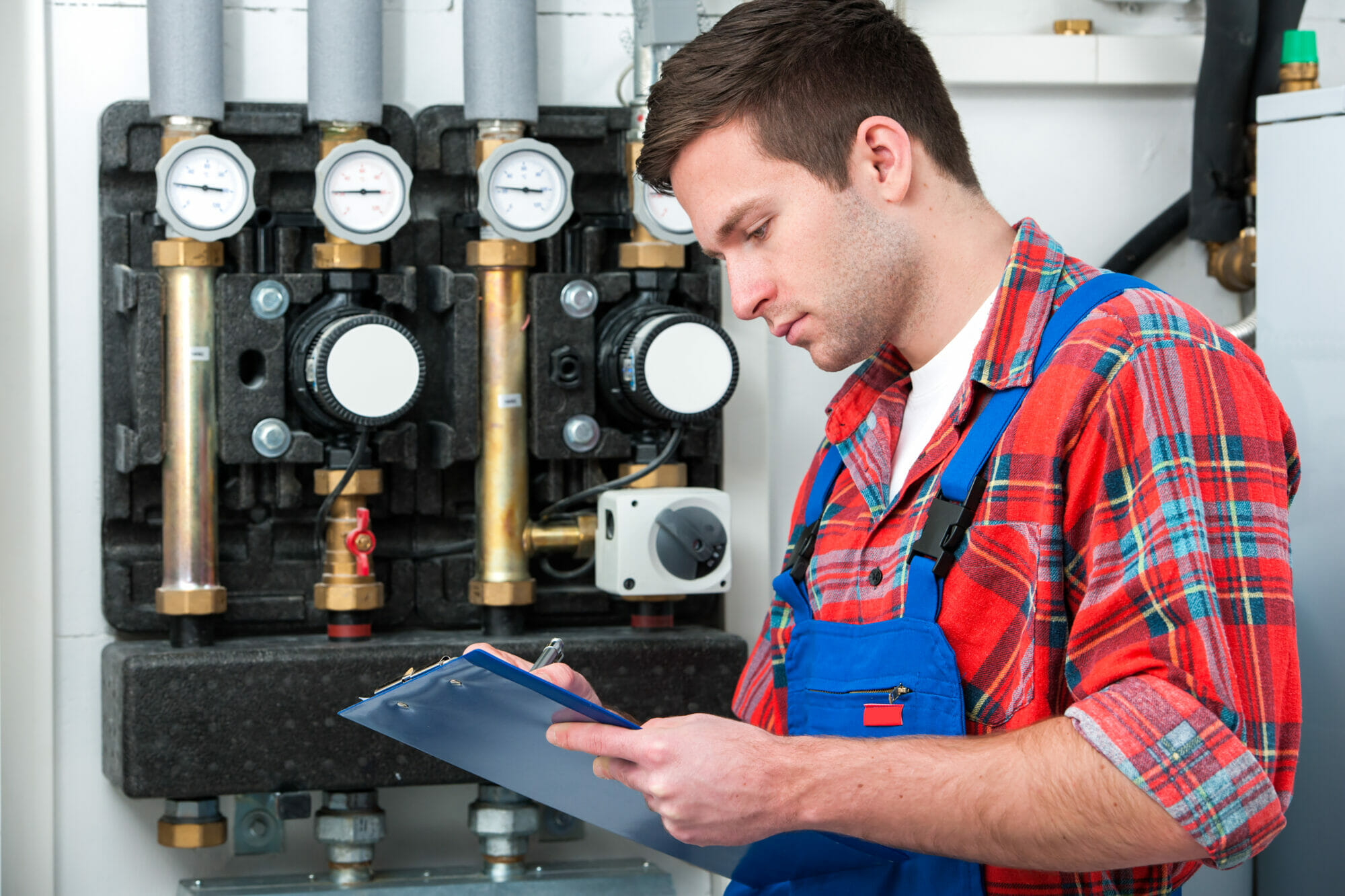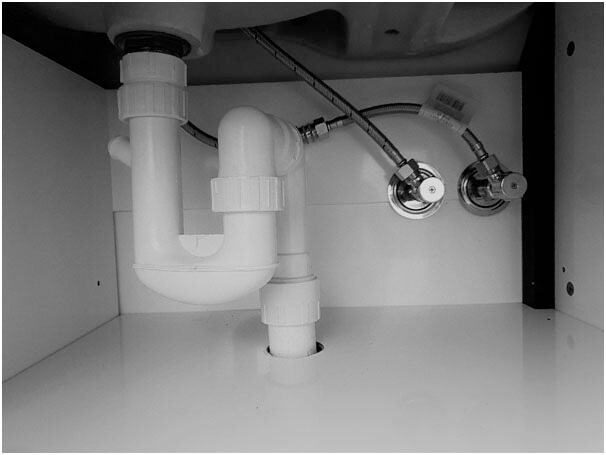We have encountered this great article involving Why Plumbing Air Vents Are Important directly below on the internet and believe it made perfect sense to write about it with you on this site.

Appropriate ventilation in plumbing systems is usually neglected, yet it is important for preserving the functionality and safety and security of your home's plumbing. Ventilation aids regulate air pressure, avoid the accumulation of hazardous gases, and make certain the reliable removal of waste. In this overview, we will explore the importance of correct plumbing air flow, just how it functions, and the advantages it offers your pipes system.
Just How Air Flow Functions in Plumbing Equipments
Atmospheric Pressure Guideline
Correct air flow preserves balanced atmospheric pressure within the plumbing system. When water flows through pipelines, it displaces air. Without ample air flow, this variation can produce unfavorable pressure, causing slow down drains or siphoning of water from catches, which can trigger undesirable odors to seep right into the home.
Preventing Sewage System Gas Accumulation
Among the most crucial functions of plumbing vents is to stop sewer gases, such as methane and hydrogen sulfide, from accumulating within the home. These gases can present significant health risks and are very combustible. Vent pipes enable these gases to get away securely outside.
Assisting in Waste Removal
Air flow aids in the reliable elimination of wastewater by preventing airlocks in the drain system. When air can move easily via the vents, it allows water and waste to stream efficiently via the pipelines, reducing the risk of obstructions and backups.
Benefits of Correct Ventilation
Enhanced System Performance
Appropriately ventilated pipes systems operate a lot more efficiently, with fewer obstructions, faster draining, and less pressure on the pipes. This effectiveness expands the lifespan of the plumbing system.
Improved Air Top Quality
By avoiding drain gases from entering your home, correct air flow contributes to far better indoor air high quality, making your living setting healthier and more comfortable.
Avoiding Water Damage
Sufficient ventilation helps avoid water from being siphoned out of traps, which can lead to sewer gases getting in the home and triggering water damage in time.
Steps to Make Certain Correct Ventilation
Consulting Plumbing Codes
Always get in touch with local pipes codes when making or changing your plumbing system. These codes supply the necessary guidelines for correct venting and guarantee your system satisfies safety criteria.
Regular Examination and Maintenance
Normal evaluations can aid identify prospective air flow issues prior to they come to be major issues. Upkeep jobs, such as cleaning vent pipes and looking for clogs, are vital for maintaining the system in good working order.
Specialist Installment
For brand-new installations or major modifications, it's smart to employ an expert plumbing professional. They have the competence to make sure the air flow system is properly developed and installed according to code.
Understanding Air Flow in Pipes
Air flow in pipes describes the network of pipes that permit air to move through the drain system. These vents serve multiple objectives, including regulating atmospheric pressure within the pipelines, avoiding sewer gases from getting in the home, and aiding in the smooth circulation of wastewater.
Types of Pipes Vents
Main Heap Vent
The main stack air vent, also called the vent pile, is the primary vent in a pipes system. It extends from the primary drainpipe align through the roof covering, allowing gases to leave and fresh air to get in the system.
Branch Vent
Branch vents attach to the main stack vent and serve private components, such as sinks, commodes, and showers. These vents ensure that each fixture has sufficient ventilation to work effectively.
Air Admission Shutoff (AAV).
An Air Admittance Shutoff (AAV) is a one-way valve that enables air to enter the pipes system without the need for a typical air vent pipeline prolonging through the roofing. AAVs are commonly utilized in improvements or locations where mounting a basic vent is unwise.
Indications of Poor Air Flow in Pipes.
Slow Draining Fixtures.
If your sinks, tubs, or bathrooms are draining slowly, it could be a sign of inadequate air flow. Insufficient air flow can create a vacuum cleaner impact, making it challenging for water to drain properly.
Gurgling Appears.
Gurgling noises coming from drains pipes are commonly a result of air being drawn with water catches due to unfavorable pressure in the pipes. This is a clear indication of insufficient ventilation.
Unpleasant Odors.
Sewage system odors inside your home are a red flag that your pipes system is not effectively aerated. This could imply that drain gases are not being adequately vented outside, leading to potentially hazardous conditions.
Usual Air Flow Blunders.
Insufficient Vent Sizing.
Utilizing undersized vent pipes can lead to poor air circulation and stress inequalities in the system. It's essential to make use of vents that fulfill the details needs of your pipes system.
Improper Vent Placement.
Placing vents also much from the fixtures they offer can decrease their effectiveness. Proper placement ensures that air can stream freely and successfully with the system.
Disregarding Code Requirements.
Building codes supply particular guidelines for pipes ventilation. Overlooking these codes can result in a system that falls short to function appropriately and may result in pricey fixings or health hazards.
Conclusion.
Correct ventilation is an essential component of any plumbing system, making sure that it operates successfully and securely. By understanding the importance of ventilation, recognizing the signs of poor ventilation, and taking steps to maintain your system, you can prevent pricey concerns and safeguard your home's air quality.
What is a Plumbing Vent and it's used for?All plumbing systems in residential and commercials construction have a plumbing vent. It doesn’t just vent unwanted odors from the drainage system to the outside; it actually serves an important purpose by supplying air to the system.
The plumbing drainage system is actually called a drainage, waste and vent (DWV) system. When water flows down the piping, an air supply (vent) is needed to allow the water to flow. Think of the vertical pipe as a drinking straw. If you plug the top end of a straw, liquid won’t drain from it.
The DWV system in your building consists of a series of pipes connected to each fixture; they extend above each fixture, and the system terminates at an open pipe that extends through the roof. This piping allows air into the system and prevents unbalanced pressures in the piping.
?The vent also prevents the system from drawing water out of a trap at the fixture with the characteristic “glug-glug-glug” as the drain gasps for air. Plumbing traps should drain smoothly and never “glug” or gasp for air.
If you have a drain that empties slowly or gurgles as it drains, this may indicate a venting problem. If you flush a toilet and the sink gurgles, there’s definitely a vent problem. It is good idea to have a Plumber check this.
https://www.ameliashomeinspection.com/blog/what-is-a-plumbing-vent-and-its-used-for

As a fervent reader about Essential Plumbing Vent Pipes: Understanding Their Role, I thought sharing that piece of content was sensible. Please take the opportunity to share this entry if you enjoyed reading it. Many thanks for your time. Please come by our website back soon.
Instant Quote